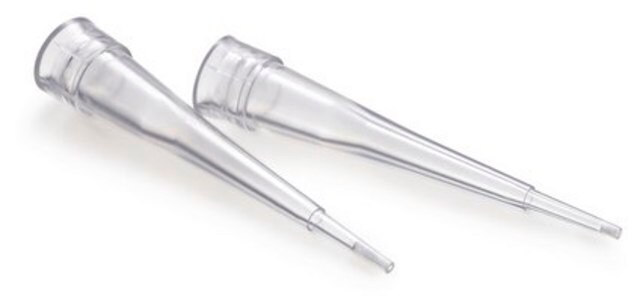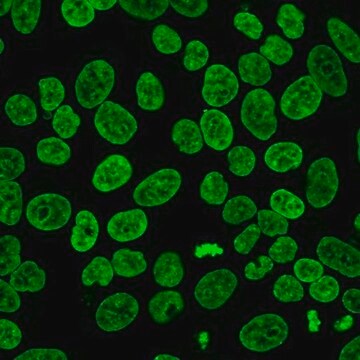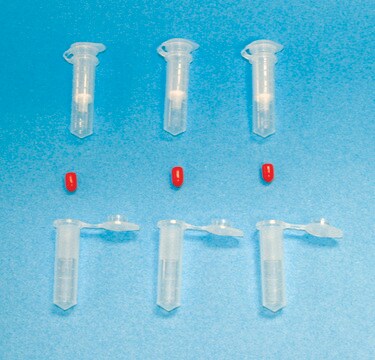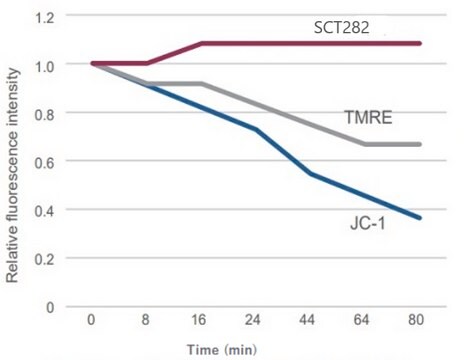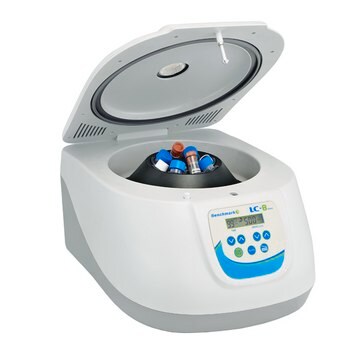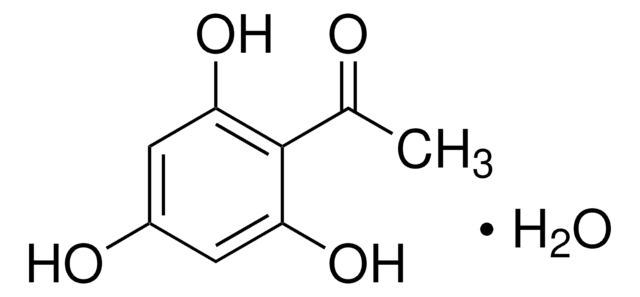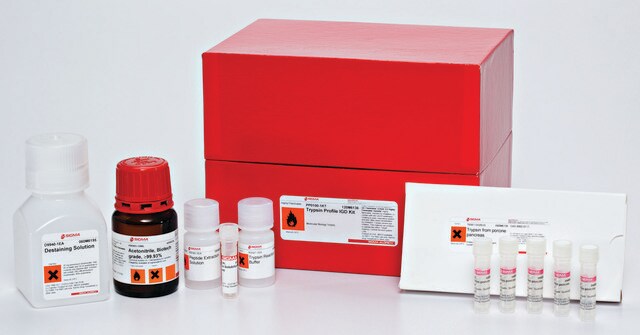ZTC18S
ZipTip® Pipette Tips
C18 resin, bed volume 0.6 μL, tip volume 10 μL
Synonim(y):
Disposable Pipette Tips
About This Item
Polecane produkty
Materiały
polypropylene
Poziom jakości
sterylność
non-sterile
Właściwości
holdup volume 0.2 μL
producent / nazwa handlowa
ZipTip®
Parametry
4-70 °C temperature
metody
analytical sample preparation: suitable
fractionation: suitable
protein purification: suitable (concentration)
objętość złoża
0.6 μL
grubość
15 μm
Śr. wewn. końcówki
3.375 mm
dł. końcówki
31 mm
śr. zewn. końcówki
5.8 mm
pojemność końcówki
10 μL
wielkość porów
200 Å pore size
pH
1.5-13.5
2-12(for 24 hour exposure)
pojemność
5 μg binding capacity(typically; when used with saturating amounts of analyte)
Warunki transportu
ambient
Powiązane kategorie
Zastosowanie
They are also suitable for mass spectrometry sample preparation.
Cechy i korzyści
- Single-step desalting, concentration, and purification
- Fractionate complex samples for more meaningful data
- Ideal for peptides, proteins, nucleic acids, and more
- No dead volume for maximum recovery
- Eliminates time-consuming chromatography
Inne uwagi
Informacje prawne
Certyfikaty analizy (CoA)
Poszukaj Certyfikaty analizy (CoA), wpisując numer partii/serii produktów. Numery serii i partii można znaleźć na etykiecie produktu po słowach „seria” lub „partia”.
Masz już ten produkt?
Dokumenty związane z niedawno zakupionymi produktami zostały zamieszczone w Bibliotece dokumentów.
Klienci oglądali również te produkty
Powiązane treści
Końcówki do pipet ZipTip® micro-SPE są używane jako narzędzie do jednoetapowego odsalania, zatężania i oczyszczania złożonych próbek przed analizą masową.
Nasz zespół naukowców ma doświadczenie we wszystkich obszarach badań, w tym w naukach przyrodniczych, materiałoznawstwie, syntezie chemicznej, chromatografii, analityce i wielu innych dziedzinach.
Skontaktuj się z zespołem ds. pomocy technicznej